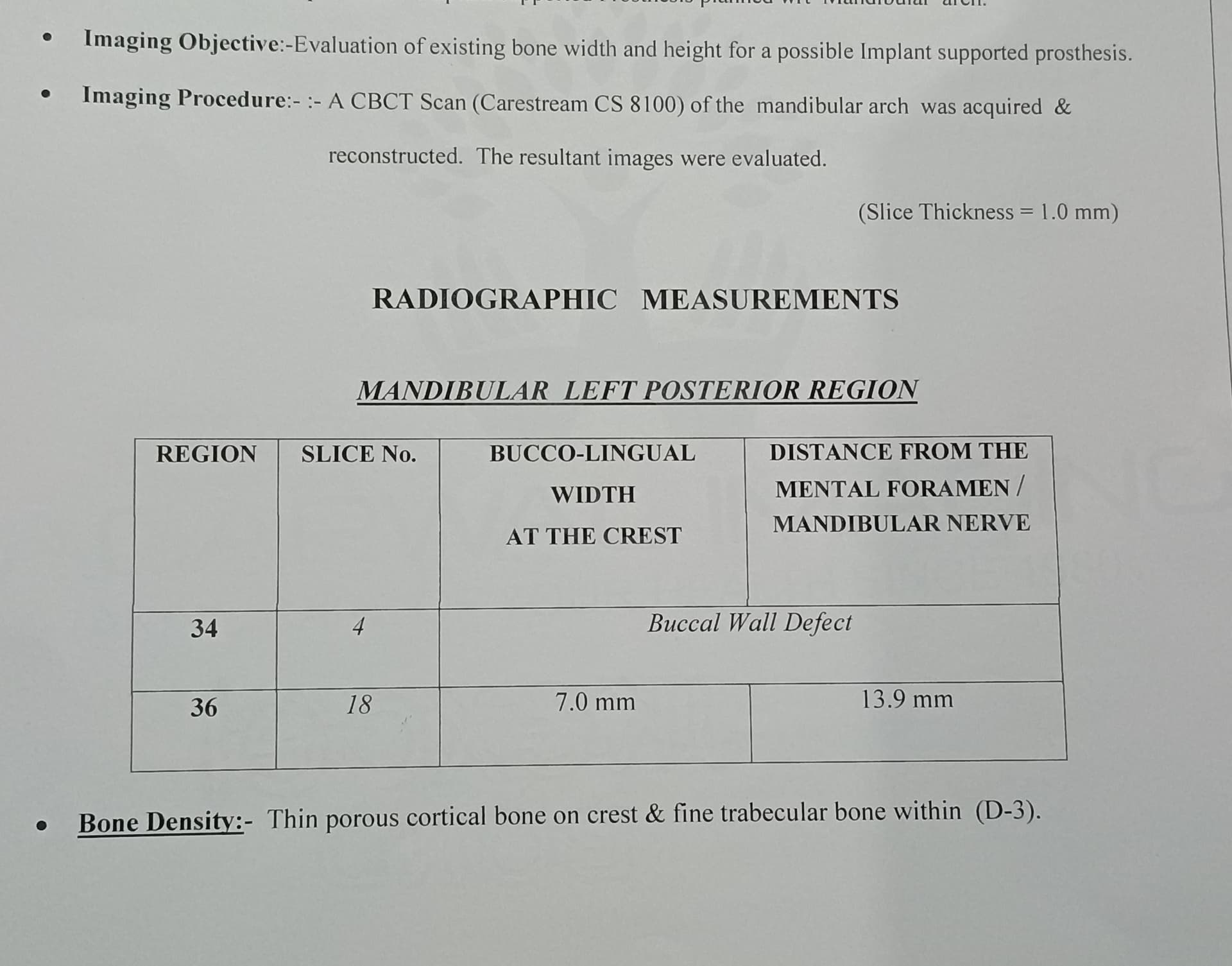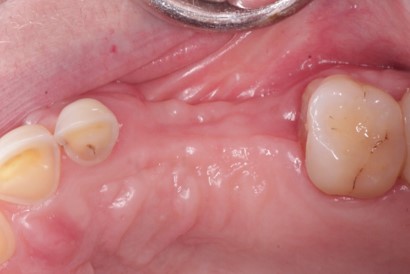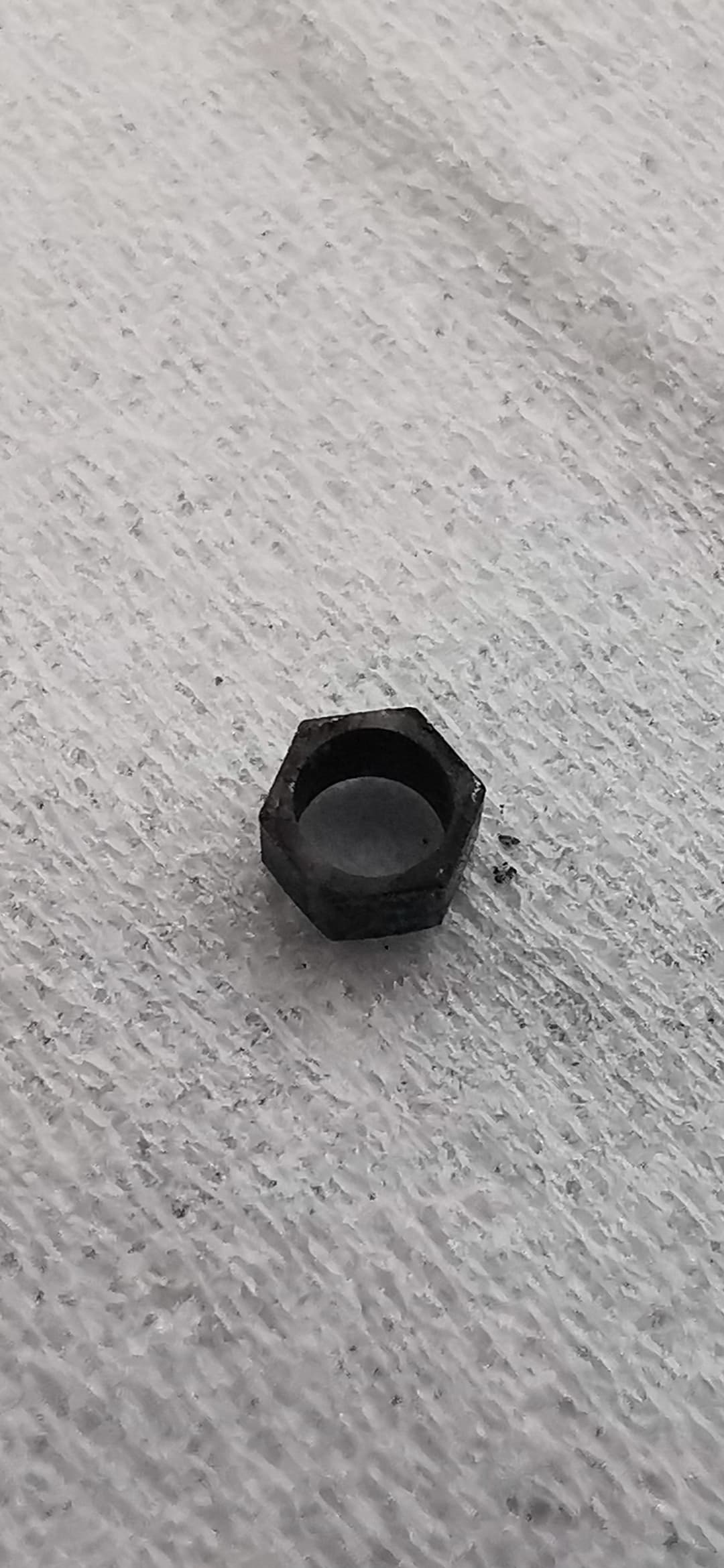Perspectives on Implant Dentistry
Dr. Michael Sonick is a board certified Periodontist with a practice limited to periodontics and implants in Fairfield, Connecticut. A renowned educator and clinical researcher, Dr. Sonick is a Guest Lecturer for the International Dental Program at New York University School of Dentistry, a former Clinical Assistant Professor in the Department of Surgery at Yale University School of Medicine, and a frequent lecturer on periodontics, dental implants and practice management for educational programs around the world. Dr. Sonick’s website at www.sonickseminars.com lists the schedule of courses he is presenting. What follows is an interview with Dr. Sonick on various aspects of implant dentistry.
Osseonews: Dr. Sonick, how difficult is it to get started with placing and restoring dental implants?
Dr. Sonick: Getting started with placing and restoring implants is a process. The level of expertise needed to place implants depends on the amount of available bone. I recommend that you take some continuing education courses and become familiar with various implant systems.
Osseonews: In your opinion, can general practitioners learn enough in continuing education courses to place and restore implants?
Dr. Sonick: Many undergraduate dental programs have a requirement for placing and restoring implants, as do most general practice residencies. I think this should be augmented with more training and experience in continuing education courses. I have been fortunate to have become involved in the training of general practitioners, periodontists as well as oral surgeons in the implant surgery. The results have been very positive.
Osseonews: You offer an introductory course in Fairfield – Dental Implants 101: Integrating Implant Surgery into Your Practice. What are some of the more important skills attendees will learn in that course?
Dr. Sonick: As an introductory level course, we try to teach the basics in diagnosis and treatment planning. This is very important because we teach practitioners how to determine where implants provide the best alternatives to ‘conventional dentistry.†Not every edentulous space should be restored with an implant. You have to consider many factors. We also teach how to evaluate bone quantity and quality which is crucial for any case. We introduce the use of CT scans and software programs that can be used to help develop practical treatment plans.
In all our courses – introductory, intermediate, and advanced – we have a mix of general practitioners, periodontists, oral surgeons, prosthodontists and endodontists.
Osseonews: Do you touch on any of the management issues?
Dr. Sonick: One of the most valuable training modules that we provide is to introduce a vocabulary that is useful for communicating with patients. Implant surgery and restorations are complex issues. You need to be able to communicate effectively without intimidating or confusing the patient and still convey useful salient information. I think this is where many dentists falter. Many dentists have trouble with patient education and communication, and thus, are unable to convince more patients to accept implant therapy.
We conduct a module on evaluating risks and benefits of treatment as well as a module on evaluating the cost benefit ratios for various kinds of treatment. There are many factors to consider when treatment planning a case, and we attempt to explore all of these options during our programs.
Osseonews: Do you emphasize one particular implant system?
Dr. Sonick: Currently we are using 3i (Implant Innovations Inc.). But I want to stress that the principles that we teach in these courses are applicable to all implant systems. It is up to the practitioner to decide which implant system best suits their needs. There are many excellent systems to choose from.
Osseonews: In your course Immediate Extraction, Placement and Loading of Dental Implants, you address one of the more controversial areas – the management of teeth with periapical infections of endodontic origin.
Dr. Sonick: This is a controversial subject, but a very important one for anybody providing this kind of service. Of course we have to recognize that the patient wants this all done as soon as possible. Sometimes we can give the patient what they want, an expedient restoration. However, if the risk of implant failure is increased, we often must stage the treatment.
In cases where you can extract the tooth, remove all the infected tissue and get down to healthy, vital, bleeding bone tissue, immediate placement of the implant is often possible. In my practice, about 10% of cases are managed like this. I could potentially do 80% of my cases like this but I choose not to because in these cases, I believe the potential for complications is significant. I would rather take a little longer to do a case than incur a substantial risk of complications.
Osseonews: What kinds of complications would you expect in cases where the immediate implant placement was not entirely successful?
Dr. Sonick: In a busy implant practice, one of the consequences that you need to minimize is the incidence of complications. What you want are protocols and procedures that lead to predictable results. Complications in implant dentistry can be complex, expensive and occasionally, catastrophic.
I place over 500 implants a year in my practice. When you are dealing with a large volume like this you do not want to introduce unpredictability into the equation. In the long run that will lead to many problems.
Osseonews: Can you give an example?
Dr. Sonick: One of the more frequent types of cases that I see is a patient with several remaining maxillary anterior teeth that have periodontal or endodontic infections. What I like to do in cases like this is to extract the teeth, clean out the infected areas and then place bone grafts. The bone heals in 2-3 months and the difference is that you now have a healthy implant site with adequate bone quantity and quality. At that point I place the implants, in a two-stage procedure. In 2-3 months the implants are ready to be loaded with an overdenture. That protocol is far more predictable than extracting the teeth, clearing out the infected matter and placing implants and bone graft all at the same time.
Understand that I am not saying this latter protocol is doomed to failure. It is not. It may succeed. On the other hand, the former protocol is far more predictable – we know it will work. So why introduce the potential for failure when it is not compelling to do so.
Osseonews: How do you feel about immediate loading in the aesthetic zone?
Dr. Sonick: Again, you cannot argue with success. We know that if the implant is allowed to osseointegrate without stress from occlusal loading, the osseointegration will be successful with a success rate approaching 97%. Why introduce the chance for failure by placing a provisional crown at the time of implant placement? This may work out very well or this may lead to complications. One approach leads to predictable results, one does not.
In the case of a replacing a maxillary central incisor and placing a temporary crown at the time of implant placement, you will likely incur about 1mm of soft tissue and bone loss on the labial aspect, especially in cases with a thin periodontium. This can be avoided by just waiting for the osseointegration to occur prior to loading, and doing a second stage surgery.
Osseonews: What are some of the mistakes in dental implant placement that can be made in the aesthetic zone?
Dr. Sonick: One of the more frequent errors that I see involves placement of an implant to replace a maxillary central incisor. This implant should not be centered in the mesiodistal plane. This leads to an aesthetic failure.
The cervical margin and gingival contour slope to the distal. The apex of the free gingival margin is not in the center of the tooth. Thus the implant should be placed just slightly distal to the center of the mesiodistal space.
Osseonews: What about the maxillary lateral incisor?
Dr. Sonick: The implant should be placed in the center of the mesiodistal space.
Osseonews: What about orientation in the buccolingual plane in the aesthetic zone?
Dr. Sonick: You need to be careful not to encroach on the labial bone and soft tissue. That would lead to resorption and an aesthetic failure. The long axis of the implant should be oriented to the palatal of the long axis of the natural tooth. But this is a subtle difference in angulation. If the long axis of the implant is oriented too far to the palatal, it will be necessary to fabricate a crown with a small ridge lap which can be difficult to clean.
Osseonews: What about the occlusogingival plane in the aesthetic zone?
Dr. Sonick: The ideal height of the coronal aspect of the implant platform is 3mm apical to the CEJ on the adjacent teeth or 3mm apical to the height of the free gingival margin at the implant site. One technique for accomplishing this is to use a surgical stent as a guide for placement to the proper depth. This allows for proper emergence profile and what Dr Steve Potashnick refers to as running room. It is essential to get a restoration with proper contour. It is important that dental laboratories are educated in the planning and designing properly proportioned restorations.
Osseonews: We at Osseonews would like to thank you for taking time out of your busy schedule to discuss these topics in dental implant dentistry.
Interview conducted by:
Gary J. Kaplowitz, DDS, MA, M Ed, ABGD
Editor, Ossoenews.com


















